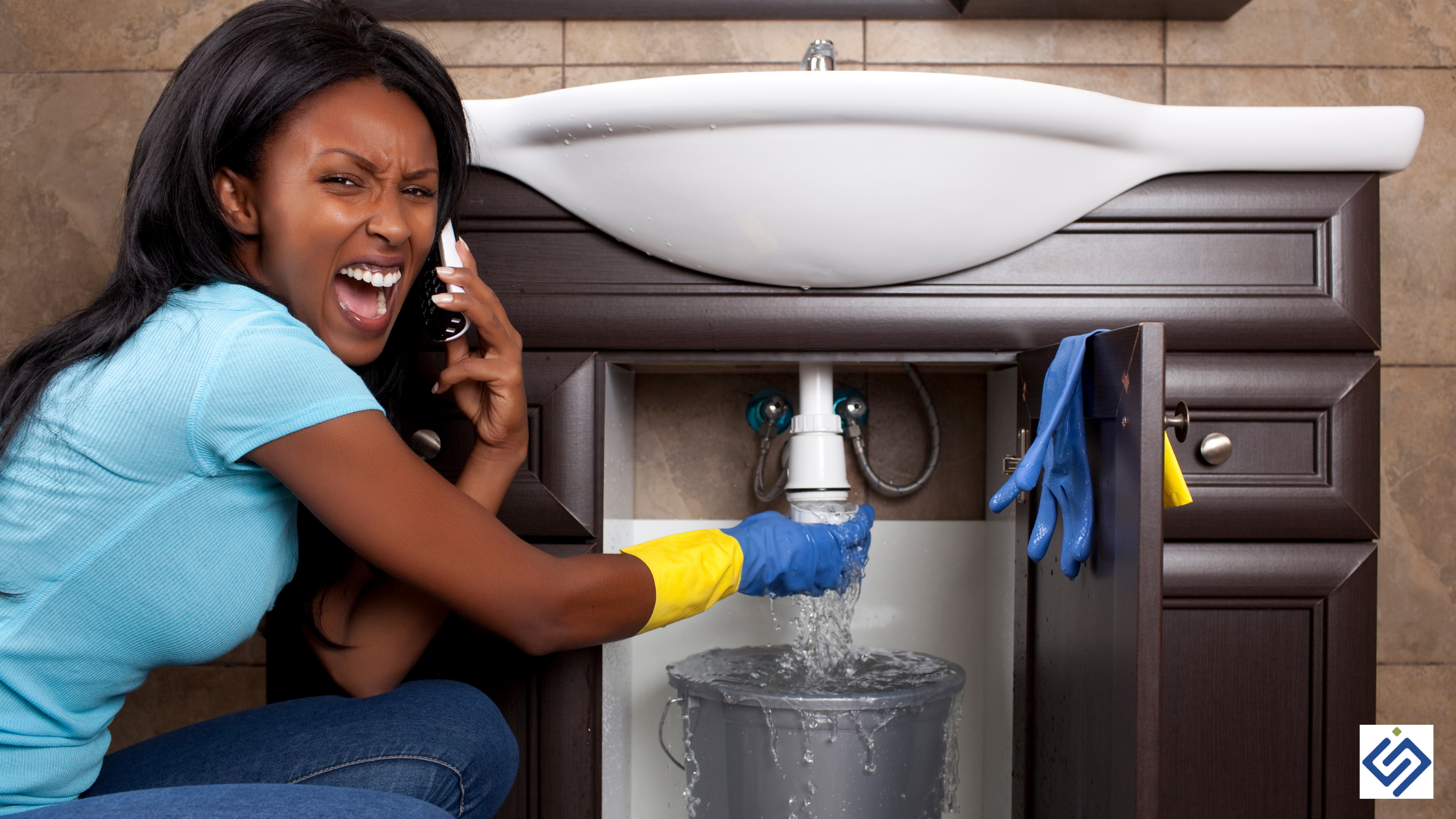What are your opinions on Looking for Signs of Water Damage in the Bathroom?

The bathroom is incredibly at risk for damp build-up and possible water damages as a result of the regular use of water in it. This article uses simple inspection strategies to help finding water damages hazards.
The frequent use of water in the restroom makes it exceptionally vulnerable for wet accumulation and also possible water damage. By evaluating it frequently, you can reduce water associated problems.
The adhering to set of assessments is easy to do and also should be done when in every 3 months in order to maintain your restroom healthy and to avoid possible water damages triggered by the bath tub, the shower, pipe joints as well as plumbing, sinks, closets, and also the toilet
Do not disregard doing these inspections and be complete while executing them. Keep in mind that these basic inspections can save you a great deal of cash by providing early indicators for water damages
Sinks and Cabinets
Sinks and cupboards are revealed to dampness and humidity everyday as well as are usually overlooked. Check regularly under the sink as well as on the kitchen counter above it. Repair any type of drip in the trap as it might suggest drain problems. Take a look around the sink, sluggish draining pipes might suggest an obstructed drainpipe. Change sink seals if they are fractured or loosened.
Bath tub as well as Shower
The shower as well as tub call for special focus and maintenance. Check the tiles as well as change if fractured. Make sure that there is no missing grout between the floor tiles. Inspect and change fractured caulking at joints where the wall surfaces fulfill the flooring or the bath tub. Obstructed drains pipes as well as pipes problems will certainly protect against the bath tub from drying out and also might suggest major troubles under the bath tub. Seek advice from a specialist quickly to avoid structural damages. Take notice of stainings or soft locations around the bath tub wall surfaces as they might indicate an internal leak.
Plumbing
Signs for water damage are hard to detect since most pipes are installed inside the wall surfaces.
Pay unique focus to floor covering as well as walls dampness and also discolorations as they might suggest an undetectable plumbing issue. Check moisture degrees in adjacent spaces also.
The Bathroom
The toilet is a prone water joint. Inspect the water lines and also look for leakages around the bathroom seat, in the hose, and under the water container. If you find any type of indications of moisture on the flooring around the commode, look for leakages in the toilet rim and container seals.
Realize that hanging bathroom bowl antiperspirants raises the possibilities for clogs.
Water Damage Signs In The Bathroom To Avoid Cleanup
Musty smell
This is one of the easiest signs to catch because musty smells are so odorous. The damp, earthy, moldy smell should be a big red flag. The smell will develop when moisture gets trapped in surfaces, and begins to facilitate mold growth. Leaking pipes under cabinets, inside walls, and behind shower fixtures will cause moisture to stay trapped and not dry, which will lead to mold growth and spread. As soon as you notice any musty smells in your bathroom, have it checked for hidden water damage and cleanup signs.
Visible mold
If the smell isn’t there to give it away, sometimes you will actually see mold growth. Finding mold in your bathroom is a serious problem, because mold is very harmful to your health. By the time mold growth is visible, it also means that water damage has already occurred and been present for some time. The only way the mold problem can be resolved is to find the source of the moisture and get it stopped. To safely and adequately remove mold, you need to have professionals handle the remediation. Do not waste any time in getting mold problems addressed, fixed, and sanitized so that you can protect you and your family from the many respiratory symptoms caused by mold exposure.
Damaged floors
Bathroom floors should be able to withstand some exposure to water while still remaining in good condition. However, when excess exposure or water leaks occur, they will begin to damage even the most water-resistant flooring. If you notice any cracking, bubbling, staining, or warping on your bathroom floors, there is probably a water leak somewhere causing the distortion. If you notice areas of the floor have become softer, or even have a spongy feeling, there is probably damage to the subfloor. Subflooring is typically made up of plywood. When plywood is exposed to water or moisture, it will absorb it. Once it has become saturated, the weight of the excess water will cause the wood to swell and soften. Check the floors in your bathroom frequently to catch any of these sings before they lead to damaged subflooring.
Changes on walls
When water leaks behind walls, it will cause changes in the drywall. Peeling plaster, blistering paint, and soggy wallpaper are all good indicators that excess water is building up behind the wall. Water leaking behind drywall will cause it to swell and be soft to the tough. If you start to notice gaps along the trim of your walls, or where tile meets the wall, it could also be a strong indicator that there is a leak behind the wall. Any changes, distortion, or damage on the walls should be evaluated as soon as you notice it to prevent further water damage and cleanup.

I'm certainly very taken with How to Prevent Bathroom Water Damage and I hope you appreciated the page. Are you aware of another person who is sincerely interested in the topic? Feel free to promote it. Thank you so much for going through it.
Request Your Service